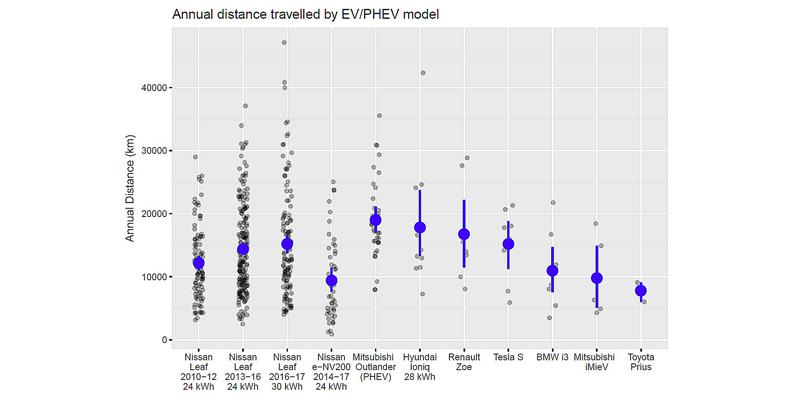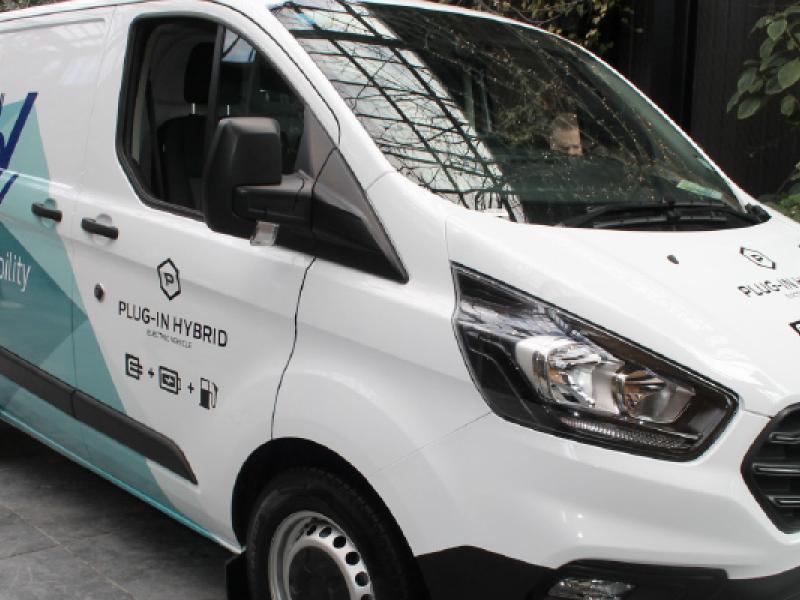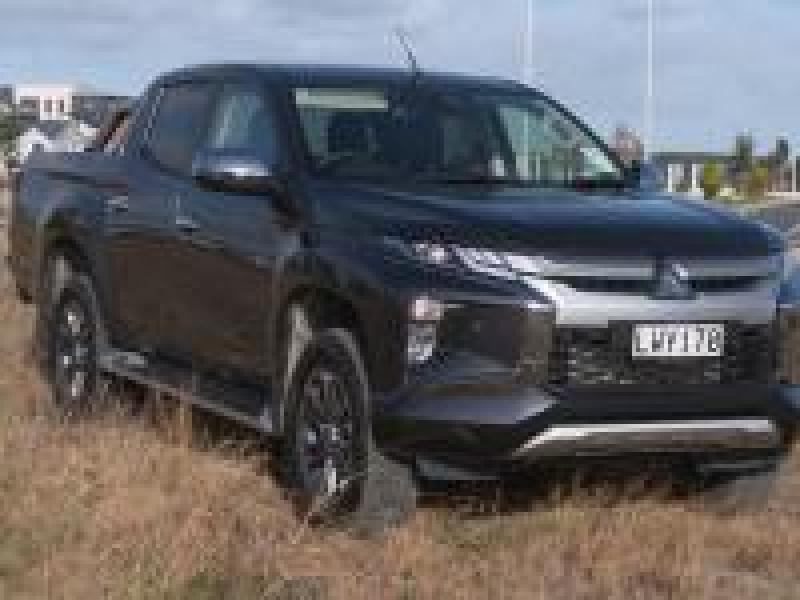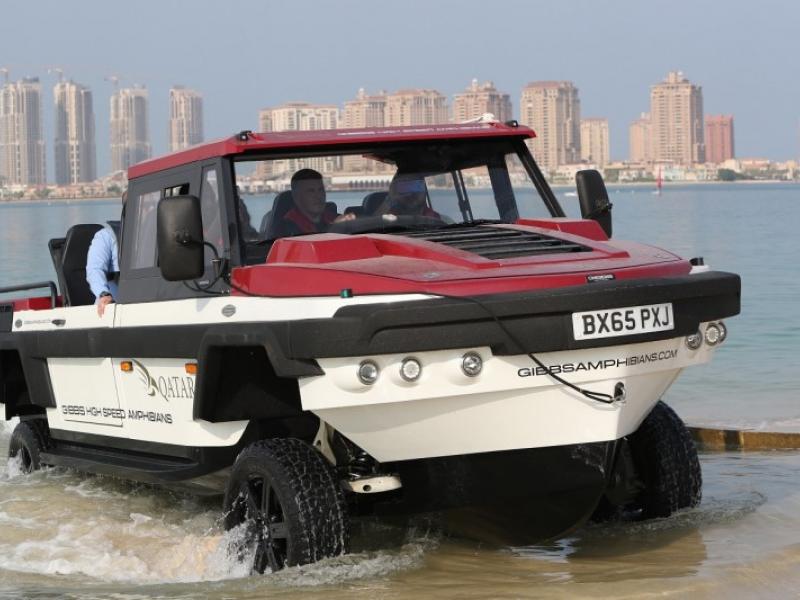If you think you can’t go places in an electric vehicle, you’re wrong. The latest data from Flip the Fleet, a coalition of more than 1,150 EV owners from all round New Zealand, shows that electric vehicles are actually driven further each year than internal combustion engined (ICE) vehicles.
Electric vehicles (EVs) are averaging 14,100 km/year. That is a quarter more than the 11,500 km/year for combustion vehicles reported by the NZ Transport Agency. Even the very earliest Nissan Leaf (24 kWh) electric vehicle model is travelling more than the average for combustion vehicles, and one of the 30 kWh Leafs contributing to the Flip the Fleet data base is travelling 45,000 km a year.
A lot is said about “range anxiety”, the belief that EV drivers are nervous about running their battery flat and so don’t venture far from home. I have often heard the sceptics characterise my 2015 Nissan Leaf as a “very expensive shopping basket”!
It’s true that EVs are used a lot around home, including the short trips to the supermarket. But EV owners are wanderers as well. I regularly drive my Leaf to Christchurch and back to Dunedin because it saves me heaps. If you don’t count the pies and coffees at charging stops, it only costs me $26 for the 750km return journey, partly because there is nearly a complete chain of free charging stations along the way.
Many EV owners also retain one of their old combustion vehicles as back-up, but then concentrate most of the family’s travel in the EV to save money and enjoy a better ride. There is often a competition between the wife, the husband and the teenagers about who gets the EV today. Some families run a simple rule – whoever is going furthest that day, gets the EV. That way the EV becomes the family workhorse and the household’s transport costs and transport emissions are minimised.
EVs are particularly good for people with a reasonably long commute to and from work. A round trip of 100km is still well within the range of my Leaf. If I had to do that five days each working week, I’d be saving around $90 in fuel and reduced repairs and maintenance costs per week for commuting. The sums are getting even more favourable lately as the price of petrol has increased.
According to our database, the average single trip away from home and back again in an EV is 48km. This is well within the range of even the oldest EVs which have the smallest batteries. It is also higher than for combustion vehicles which average 28km for all the trips combined for a day. So local trips are also longer on average in EVs than combustion vehicles.
Our surveys report that owners are more cheerful about running the kids around to sports, visiting grandchildren in nearby cities, or just going out when needed, even for a small errand. Being able to relax about the running costs makes for more spontaneous and flexible outings. The transition to EVs is going to bring a lot of social benefits other than just getting people between places at lower cost.
Obviously, people buy an EV model that fits their budget and their range needs. The highest average distance travelled by all the models contributing to Flip the Fleet was by the Mitsubishi Outlander, a Plug-in Hybrid model. It averages 19,000km per year. Some people with regular long trips will need the back-up of the petrol or diesel motor for when the battery is flat.
There are also “Range Extender” models which have a petrol motor that generates electricity to recharge the battery as you are travelling along. If you only have the one vehicle and you regularly have to go on long trips, a plug-in hybrid may be your best choice.
The Nissan eNV200 is the only readily available electric van for light commercial use so far in New Zealand. Its average travel per year is just 9,400km. Its range is constricted by having a small battery (24kWh), and relatively low energy efficiency (5.8 km/kWh on average), partly because a van shape is not nearly as aerodynamic as a car. The next big breakthrough we are look forward to is an inexpensive light commercial electric van that can travel a decent distance with a heavy load of passengers or gear on board.
So, are EVs going the distance? Our data say yes. They already meet many people’s transport needs for normal week routines, and they get used even more than their combustion vehicle alternatives. Electric vehicles are most certainly not just expensive shopping baskets.
- Henrik Moller is a retired sustainability scientist from Dunedin and co-founder of Flip The Fleet. More information on EVs is available on discussion and resources pages of www.flipthefleet.org. Queries can be emailed to wecan@flipthefleet.org.






